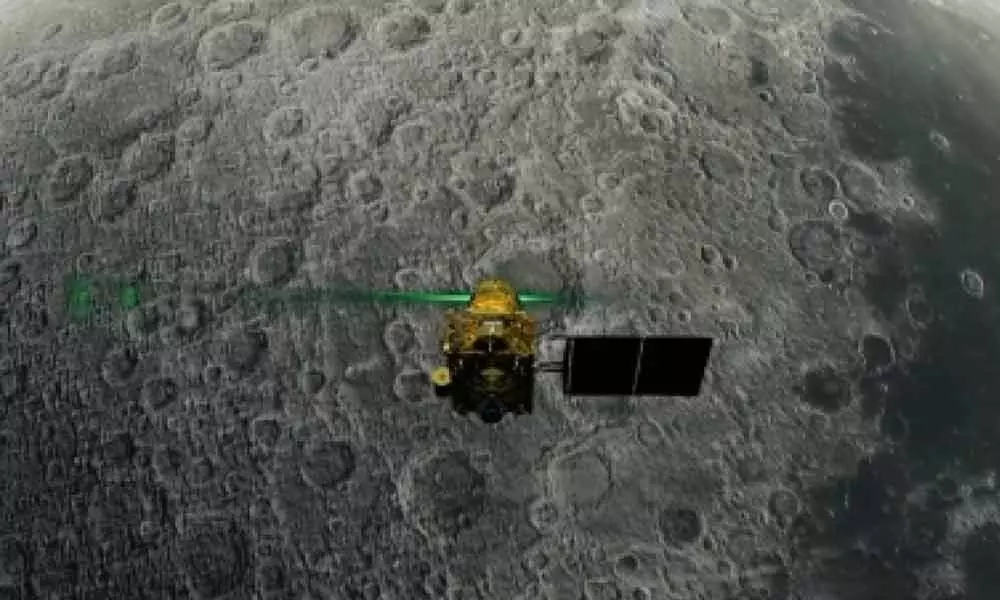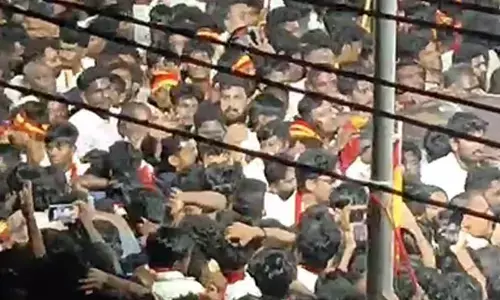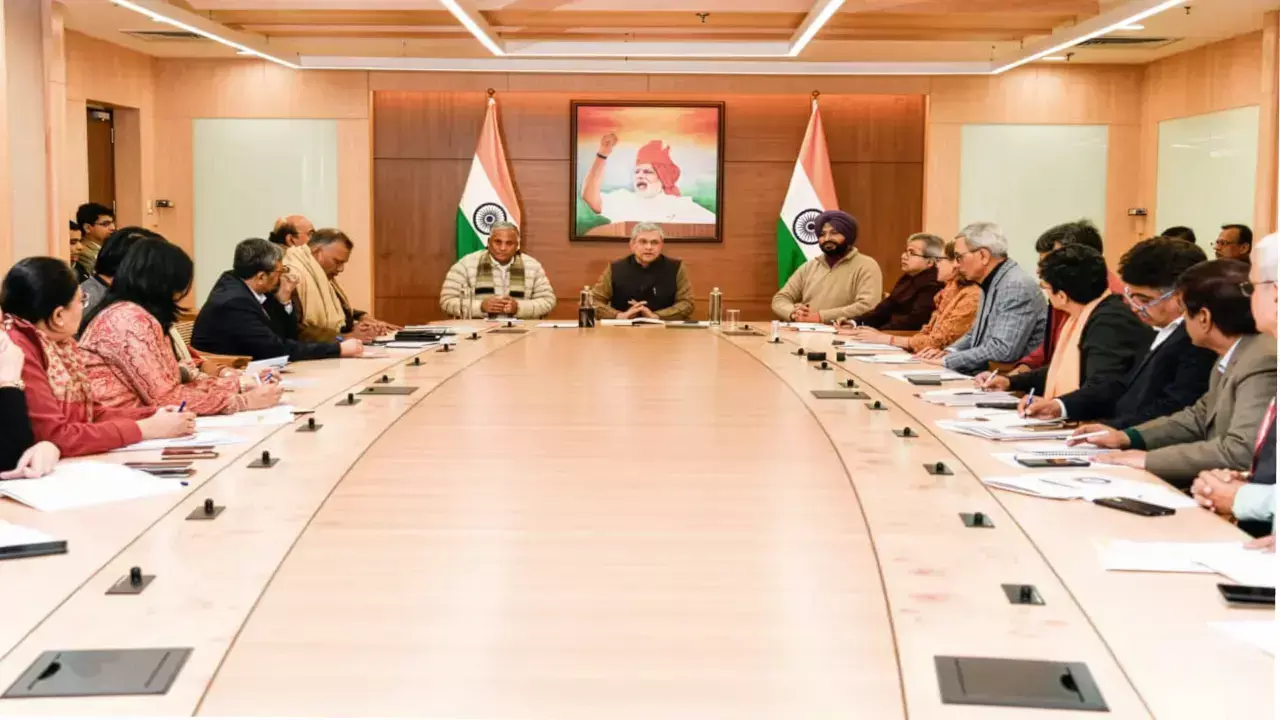Chandrayaan-2: ISRO to simulate multiple scenarios to examine failure of moon lander Vikram
Share :

The Indian space agency will simulate various scenarios, including what it has not done and what it had assumed, to arrive the probable cause of its moon lander Vikram hitting the lunar surface after veering away from its plotted path and losing communication link with ground stations, a retired senior ISRO official said.
Chennai: The Indian space agency will simulate various scenarios, including what it has not done and what it had assumed, to arrive the probable cause of its moon lander Vikram hitting the lunar surface after veering away from its plotted path and losing communication link with ground stations, a retired senior ISRO official said.
Early on September 7, Vikram, while on its descent to soft land on the Moon's south polar region, apparently lost control and crash-landed there, snapping the communication links.
"The Indian Space Research Organisation (ISRO) has to simulate various things and scenarios with the data on hand. It should also check and simulate what the actions that were not done and the results that they had assumed," the retired official, who preferred to remain anonymous, told IANS.
According to him, ISRO has to see whether any simulation prior to the launch was overlooked or waived any known deviation.
"ISRO should also check out to the extent at which various failure modes were simulated. ISRO has to go into these details. It would take considerable time to arrive at a conclusion," he added.
Space experts had told IANS that normally any data loss from a satellite means it suddenly changed its attitude. The loss of communication link means the target/satellite experienced a large angular rotation.
According to them, the loss of communication link could also be due to wrong input being loaded on to the lander.
In other words, the loss of communication link with Vikram could be due to sudden disturbance - in the form of engine propulsion or wrong data input, experts said.
A former official classified the Chandrayaan-2 mission into four parts: putting the Chandrayaan-2 spacecraft into earth orbit; taking it into the moon orbit; soft landing of the lander Vikram; and rover Pragyan rolling down to carry out scientific experiments.
"Out of the four, the first two were successful and the last two has not happened," he said.
He said ISRO would have got various engineering data from this mission which will be useful for the future course of action.
On July 22, the Rs 978 crore Chandrayaan-2 was launched into the space by India's heavy lift rocket Geosynchronous Satellite Launch Vehicle-Mark III (GSLV Mk III) in a text book style.
The Chandrayaan-2 spacecraft comprised three segments -- the Orbiter (weighing 2,379 kg, eight payloads), 'Vikram' (1,471 kg, four payloads) and 'Pragyan' (27 kg, two payloads).
After five earth-bound orbit raising activities, Chandrayaan-2 was inserted into the lunar orbit. On September 2, Vikram separated from the orbiter.














